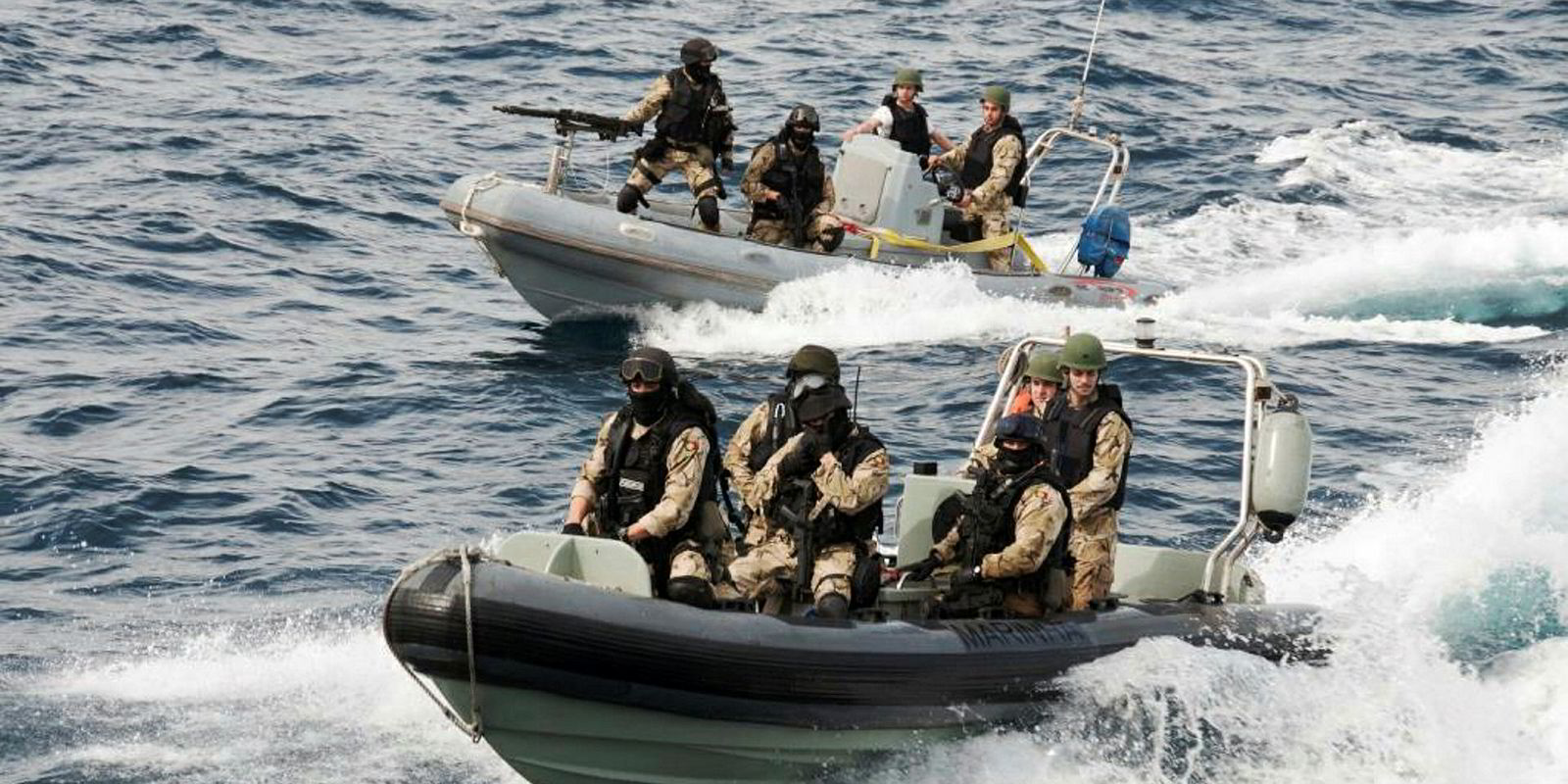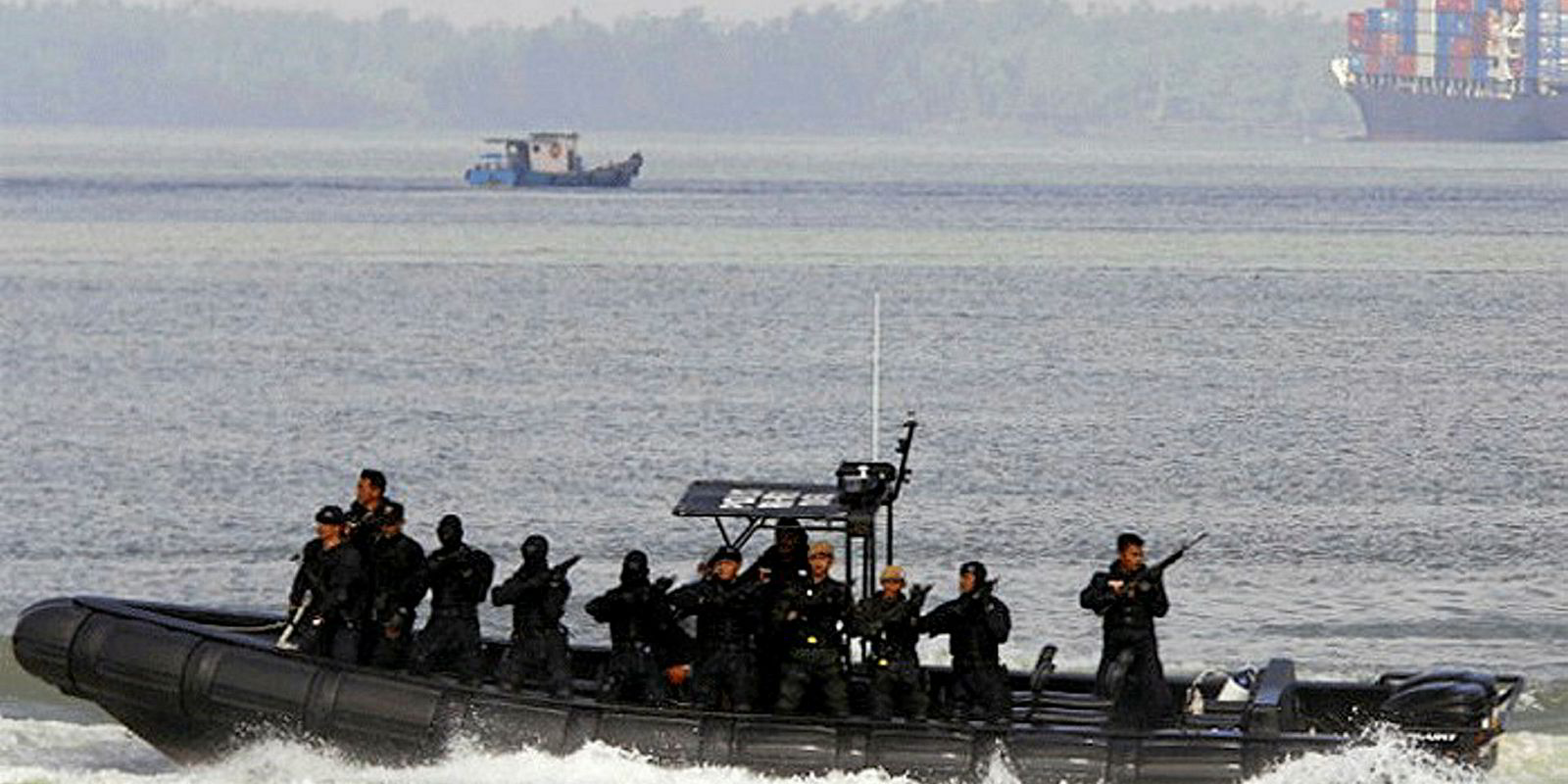Vessels will always be prone to piracy because of where it originates, says Capt. Richard Phillips, master of the ill-fated Maersk Alabama.
"I think piracy starts ashore -- lawlessness, lack of government control, lack of policing," he told TradeWinds Monday.
He said the illegal practice is "the second oldest profession, that I know of, in the world," noting that the Malacca Straits has been a piracy center for thousands of years.
"It will never end," he said.
There were 180 piracy incidents worldwide last year, down from 191 in 2016, according to the International Chamber of Commerce's International Maritime Bureau.
During the first quarter of 2018, there were 66 occurrences compared to 43 during the same period last year. There have been 10 others reported since end of March.
Phillips retold his Somali pirate encounter to 300 people as keynote speaker for an annual golf tournament honoring fallen US Navy Seal Brian R. Bill, held in Darien, Connecticut.
In April 2009, the 1,092-teu Maersk Alabama (built 1998) was boarded by four armed Somali pirates while sailing off the coast of Somalia under Phillips' command.
The incident was made famous by the 2013 movie "Captain Phillips" starring Tom Hanks.
Central Gulf Lines and Waterman Steam Ship Company had chartered the feedermax to carry 17,000 tonnes of cargo from Oman to Mombasa.
Phillips said he and his crew carried firearms on 13 previous voyages for US-based Central Gulf and Waterman but they were unarmed for this particular charter per Maersk policy.
"All the other 13 ships had weapons," he said.
Phillips worked as a vessel master for the now-bankrupt shipping company for 24 years before retiring in 2014.
He said piracy, now frequent off Nigeria and in the South China Sea, can be deterred by using satellite-guided video data recorders.
"One thing I wanted to do is get a 911 call line for ships," he said.
When the Maersk Alabama was attacked, there were 36 nations nearby but Phillips said he could not reach one of their military vessels in the vicinity.
He said a distress signal was sent from the ship to local authorities and United Kingdom Maritime Maritime Operations. Eventually, the US Navy dispatched guided missile destroyer USS Bainbridge.





